Travel in Northern Transylvania
Transylvania, the region best known to foreigners in Romania. This hilly region is surrounded by the Carpathian Mountains, beyond the forests. That's what Transylvania means. That's what it was called by the ancient Romans and that's the Latin name for the country, beyond the woods. A place perceived by foreigners as a dangerous place, a dark place frequented by witches and vampires, the first of whom was called Dracula. A character invented by the Irish writer Bram Stocker who took as his model the medieval ruler of Romania, Vlad Tepes.
Tepes is a nickname linked to the main form of punishment of enemies and criminals, by being stuck in a spear. He was a cruel and bloody ruler, especially angry with the Turks. Vlad's surname was Dracul (devil) and hence the name Dracula, a vampire known throughout the world.
In reality, there is no leg, no vampire wing out there.
We set off on a journey to one of the old towns in northern Transylvania, called Dej. It is a small town crossed by a big river, called Somes. Ardeal is a province of which Transylvania is a part and which was under the occupation of the Austro-Hungarian Empire until 1918 when it was united with the Romanian lands and the state of Romania was formed. The Austro-Hungarian occupation left deep traces in Dej, beautiful traces because the most beautiful buildings and boulevards were built during the empire and bear the western influence.
In fact, our trip was aimed at Garboul-Dejului, a very small and isolated village, 15 km from Dej. That's where my wife was born and raised, in Garboul-Dejului and in Dej. We make a trip there every two or three years for remembrance. For the lost childhood. My wife still looks for it in the gardens and woods near the village.
Before arriving in Dej, we made a stop to visit the Nicula Monastery, which was featured in this post: New church architecture - Nicula Monastery
Dej
The first mention in historical documents of the town is from 1214. After the occupation of these territories by the Hungarians, starting in 905, settlers were brought in and established several towns, one of which was Dees, the Dej of today. The town is developing rapidly thanks to the salt mines, salt that has been extracted from Ocna-Dejului since Roman times... and there's still salt now!
The town is small, there are about 40,000 inhabitants. The city centre is, as everywhere else, the most visited place and here you can find almost all the important monuments and buildings to visit. Here is also the city museum. Fortunately, there are few new buildings in the center and it has escaped the interventions of the communist period. Most of the buildings are from the late nineteenth - early twentieth century. Of course, the most important ones are much older.
Such as the Reformed Church, built in Gothic style between 1453-1536, with a 72 m high tower!
This is the town's emblematic building. Its location in the main square, on a small hill, helps it to have an imposing image and to be visible from any part of the city.
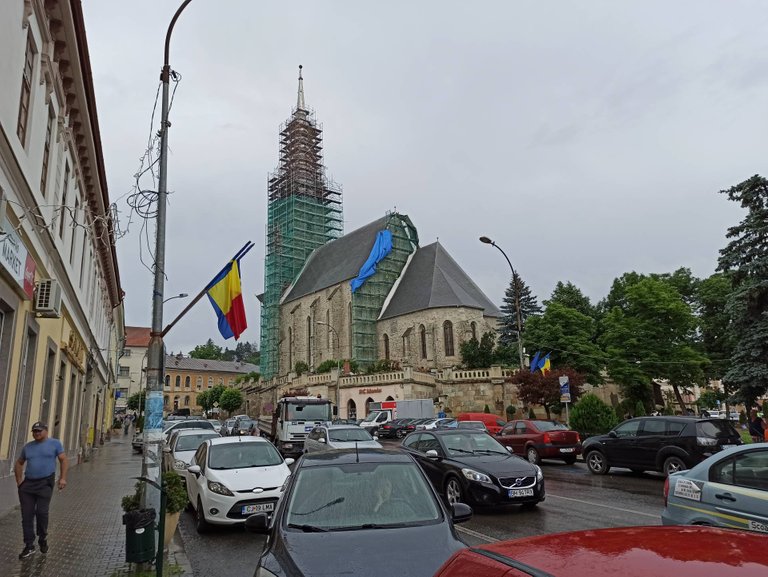
This imposing church belongs to the Hungarian community of the city and when we arrived there it was closed for repairs, consolidation, and renovation. This prevented us from seeing the inside but the spectacular part is the view from the outside.
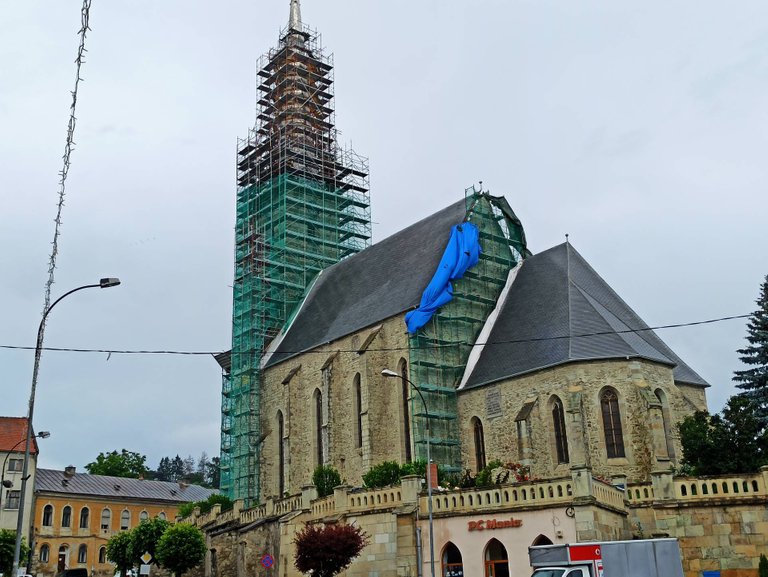
Also in Central Square is the Obelisk (Monument of the Heroes), placed in a small park in front of the Reformed Church.
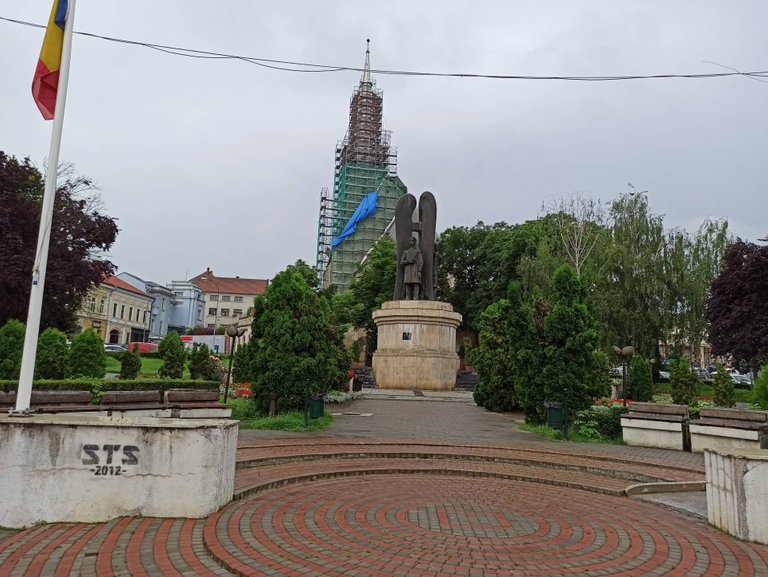

As its name suggests, it is a monument commemorating the various fighters for the independence of these places.
Also in this square is the second important and older landmark, which is also a church. In Romania, the oldest monuments that have stood the test of time are mainly religious buildings, especially monasteries and churches. The explanation for this I believe is that the servants of these buildings have always been devoted to the care and preservation of these objectives in the best possible condition.
Franciscan church and monastery "St. Anthony of Padua" (Roman Catholic), built-in Baroque style in the 18th century (around 1716).
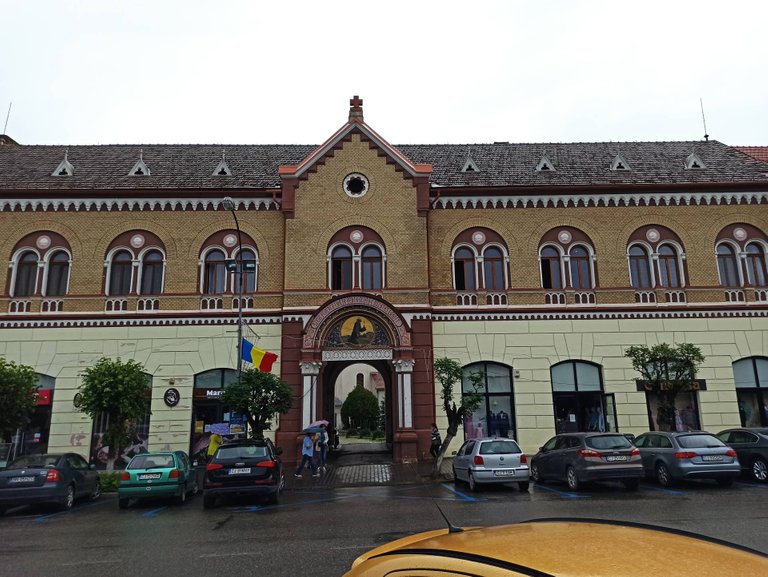
This is the front of the building facing the square but the interesting part is in the inner courtyard.
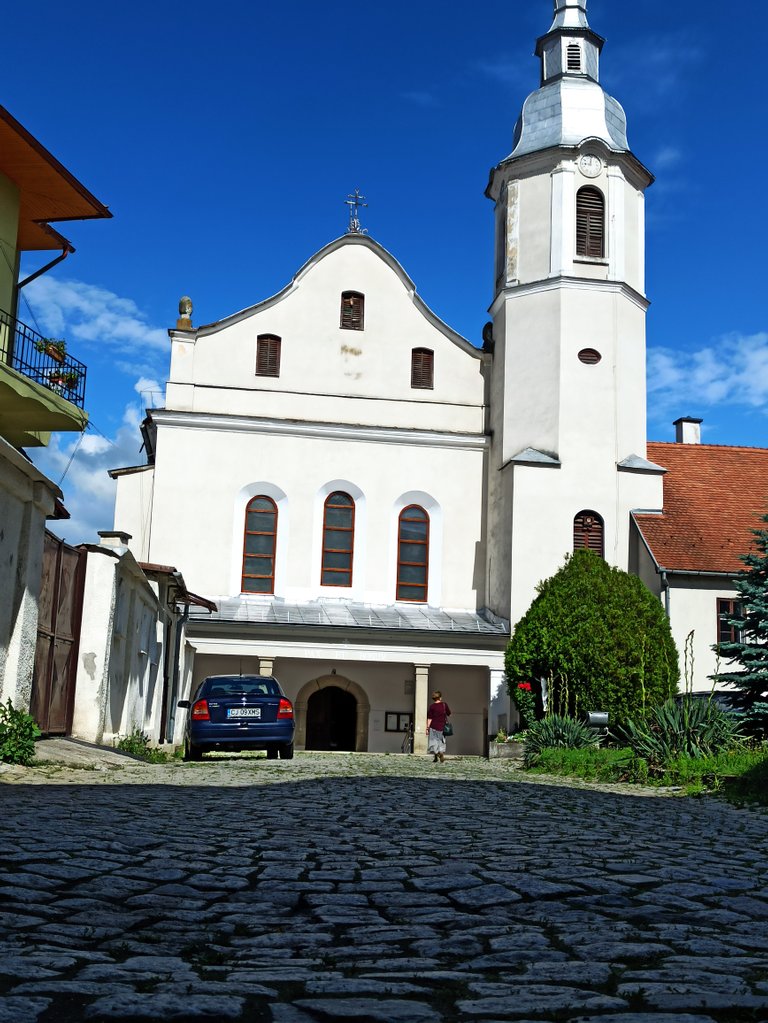
This is a Franciscan monastery. It has been in operation for three hundred years. This order of monks is unknown to me, I know about them as ascetics and I was curious to see more. I was surprised that the place seemed deserted, nobody asked me what I was doing there, why I was photographing, and what I wanted. Although I thought I was being seen, no one intervened to disturb me. It was a wonder and a joy that it can be done!
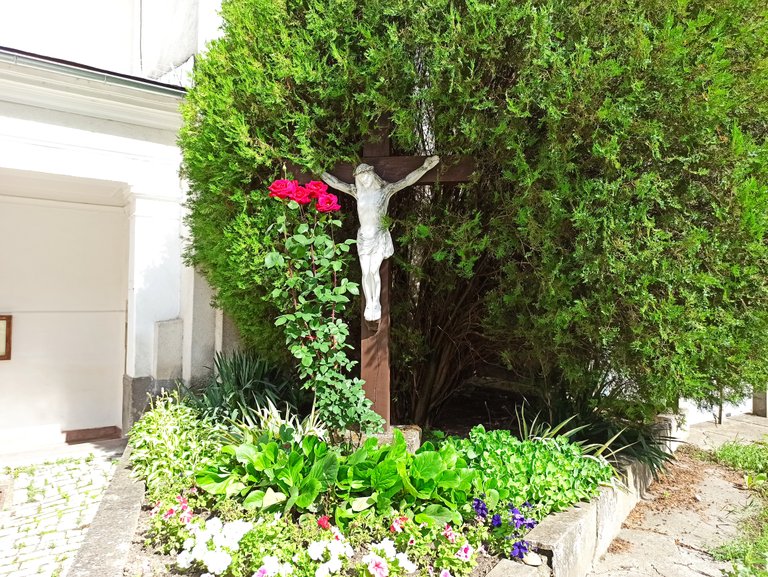
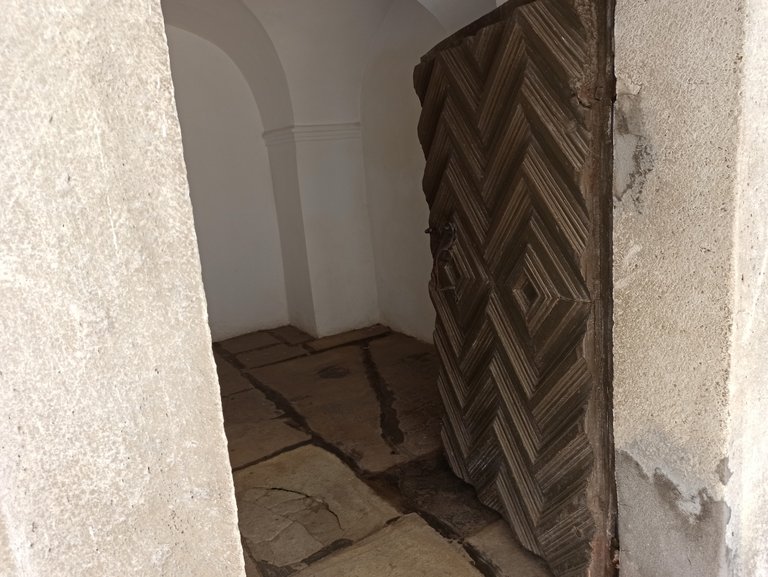
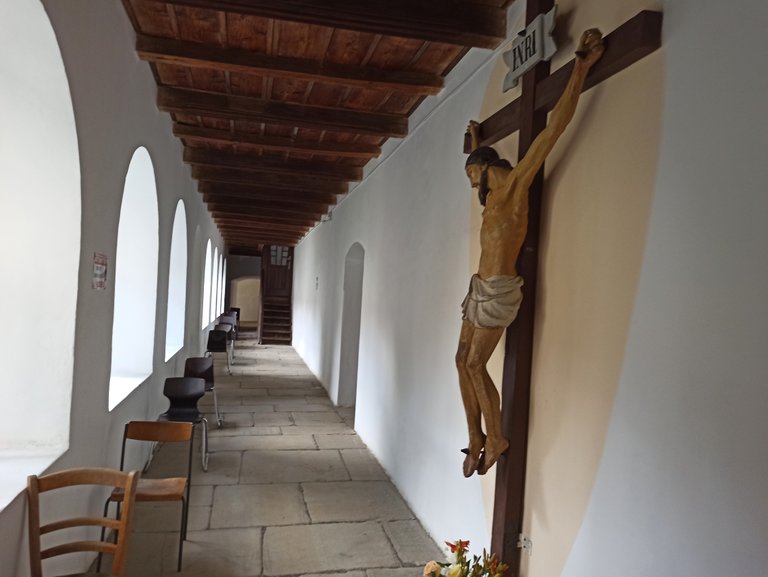
Since I intend to make a separate presentation of this monastery, I stop here and leave the seventeenth century to return to the twenty-first century. This whole move took no more than a minute.
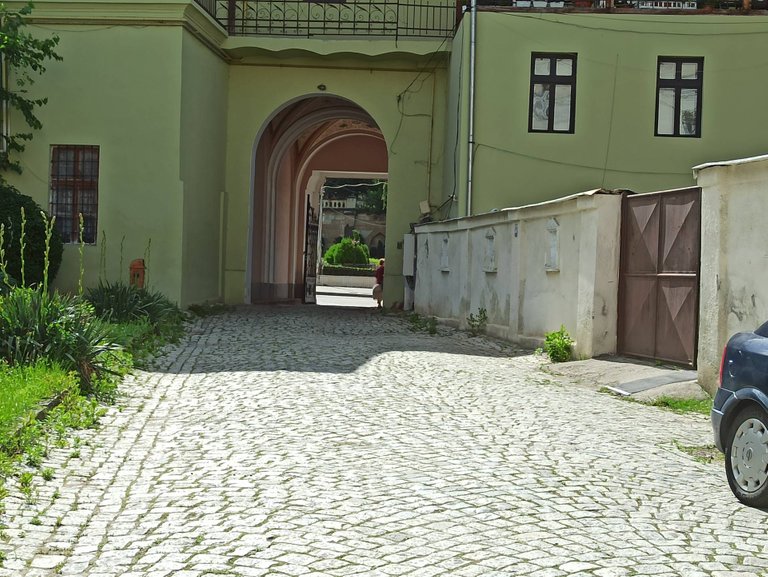


So, back to the Central Square of Dej. Let's also look at the surrounding buildings and what people are doing...

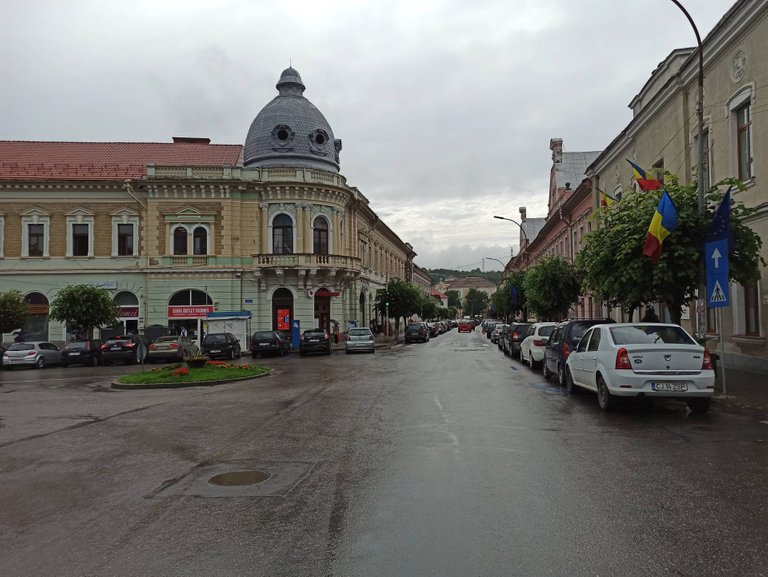

...People go to the market.
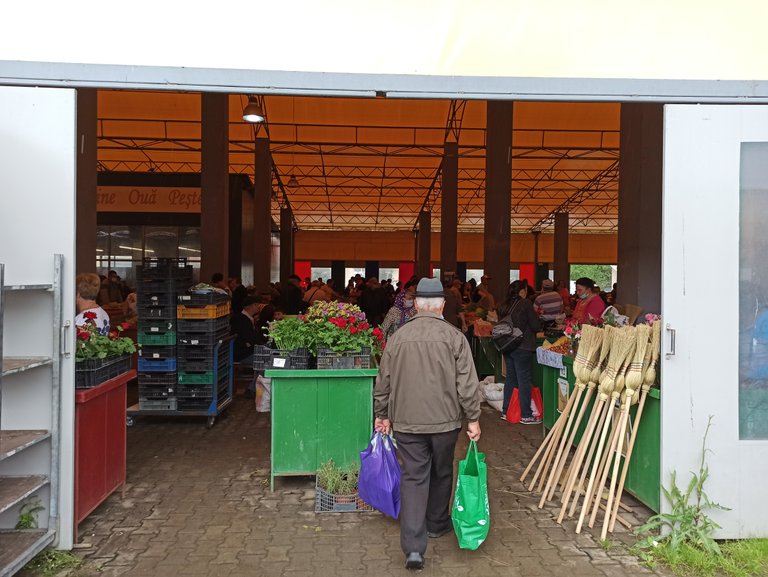
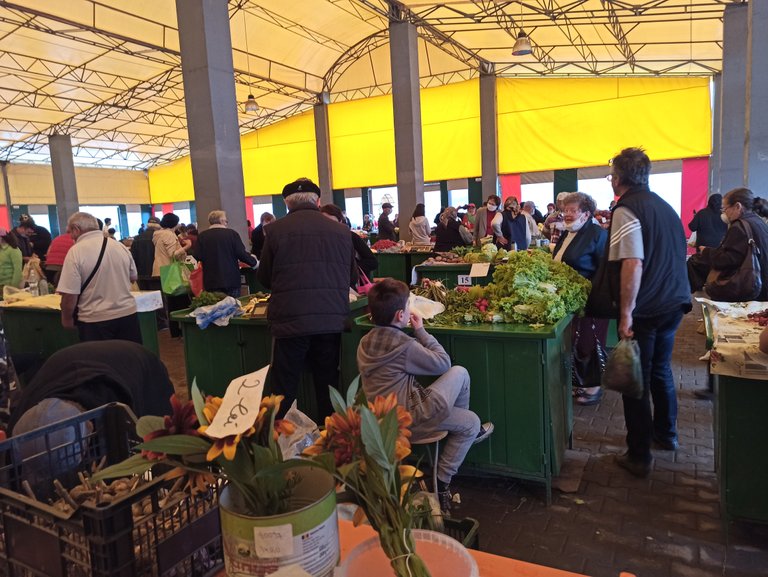
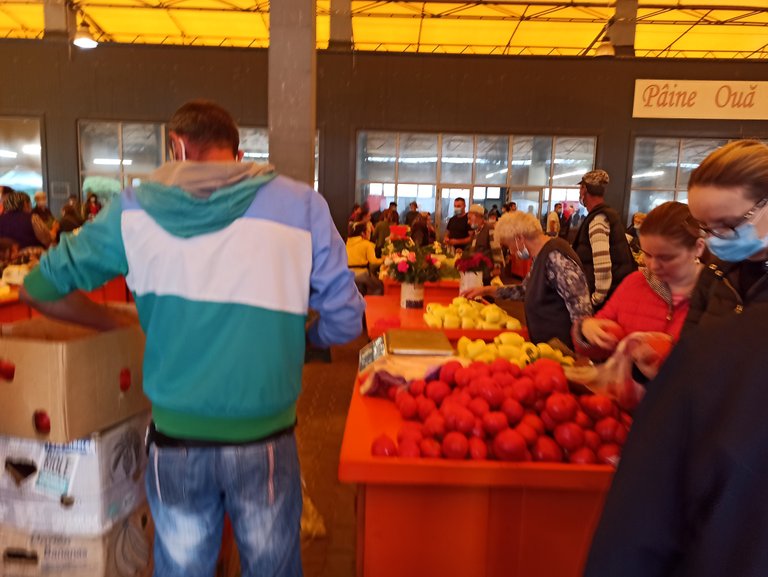
One of these farmers' markets is a rare place to find true organic and locally grown produce. Not to be missed on any visit. I loved that they had a dedicated flower place. This shows the love of the inhabitants for beauty and beautifying the place where they live.
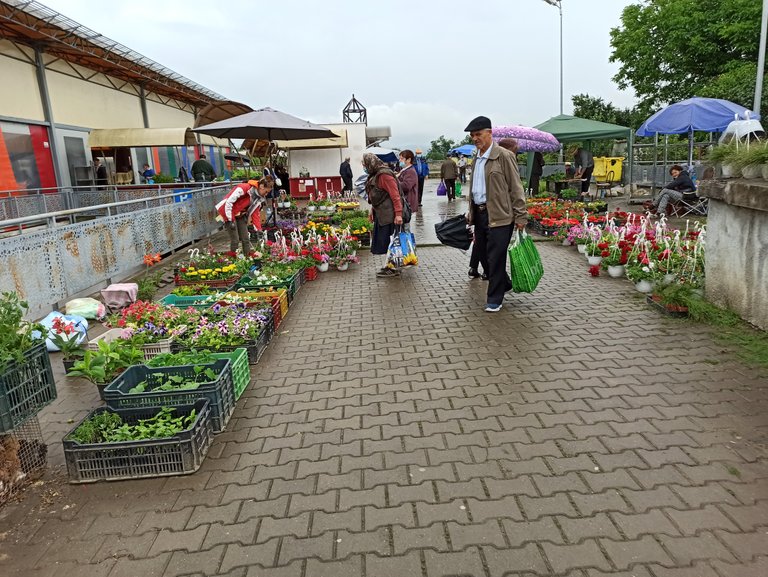
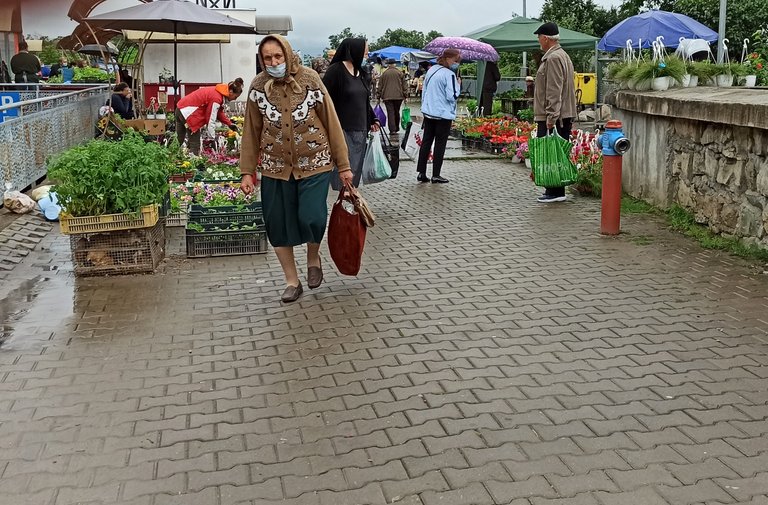
After touring the food market we go back to see, to visit the small center. Pretty much everything is concentrated here so we don't have to run in different directions in search of the city's image.
A short walk to admire the architecture of past centuries.
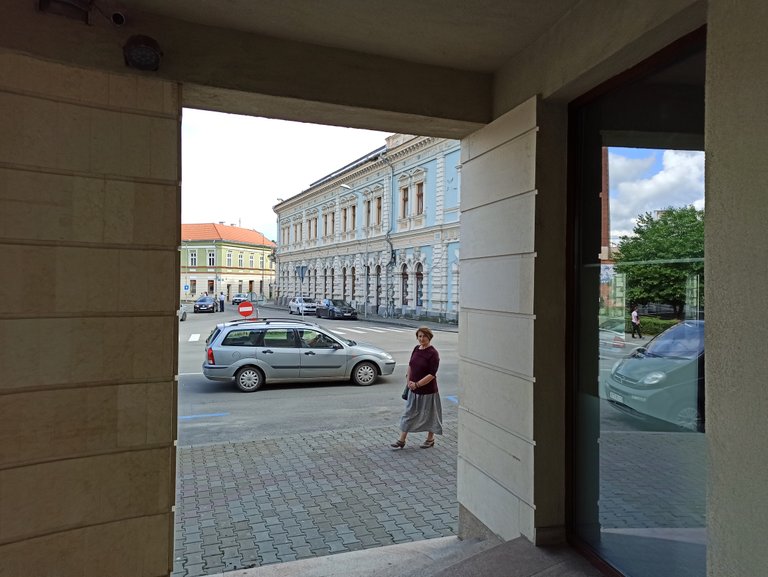
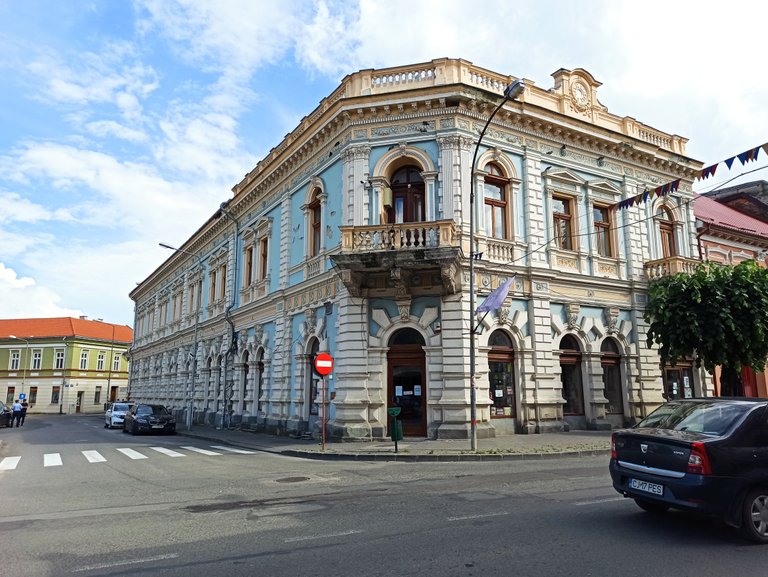
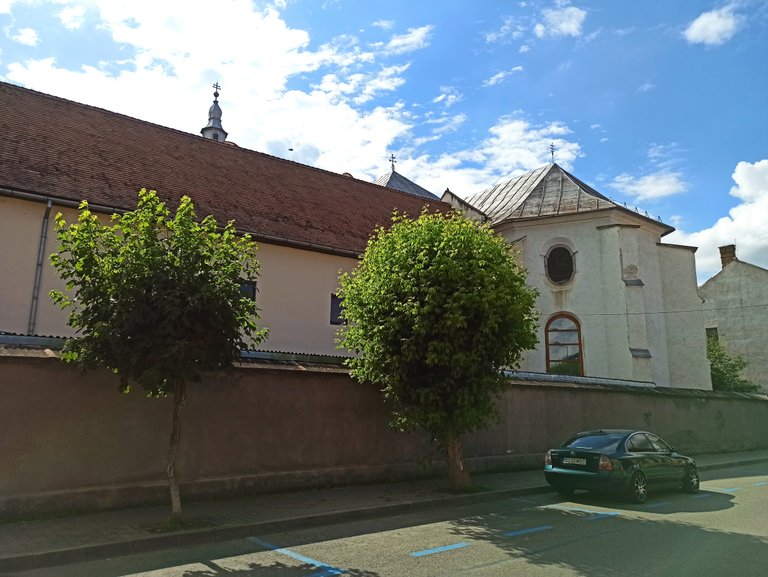
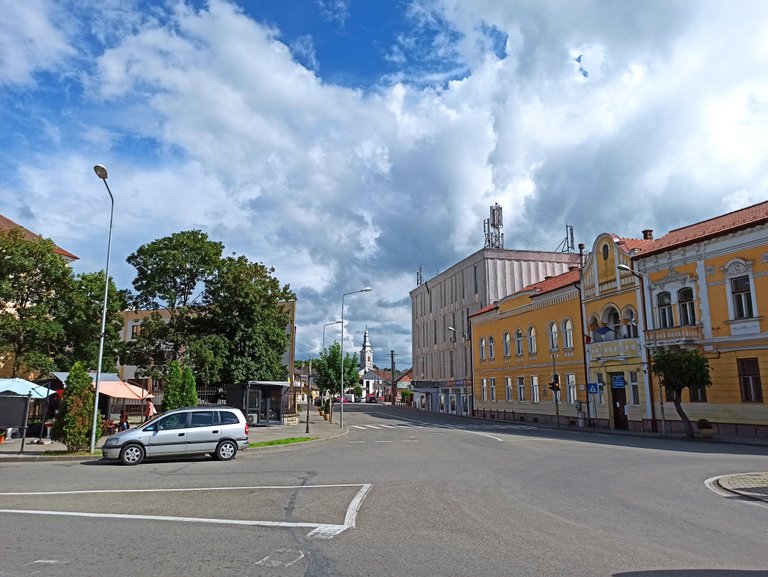
My wife, who spent part of her childhood here, knows all the streets of the city. So she arrived, quite quickly at her favorite place, which was not the cathedrals and monuments. Her favorite place is the Green-Wood bakery!
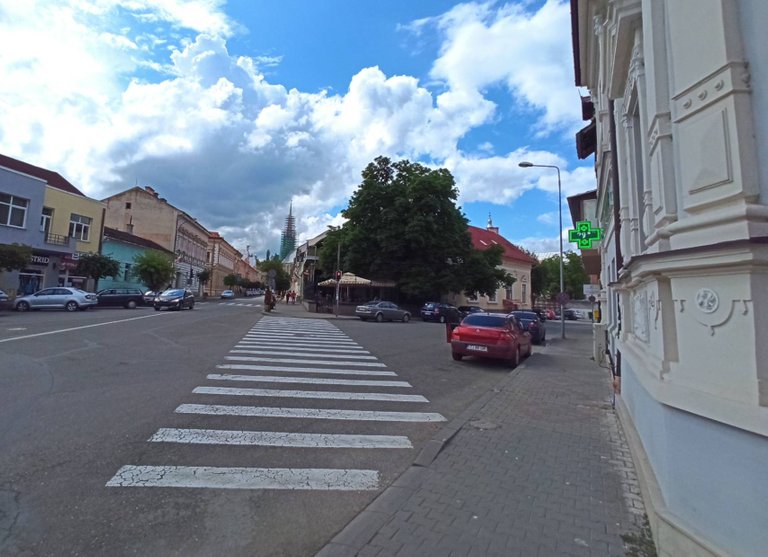
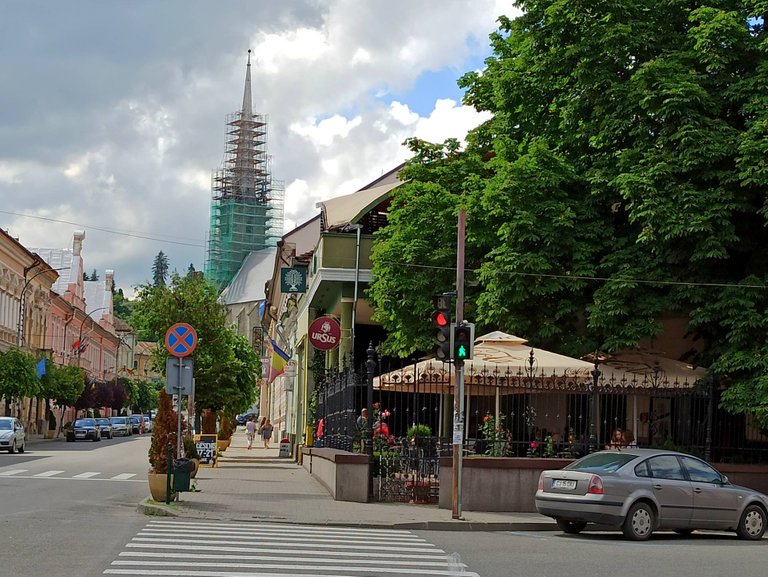
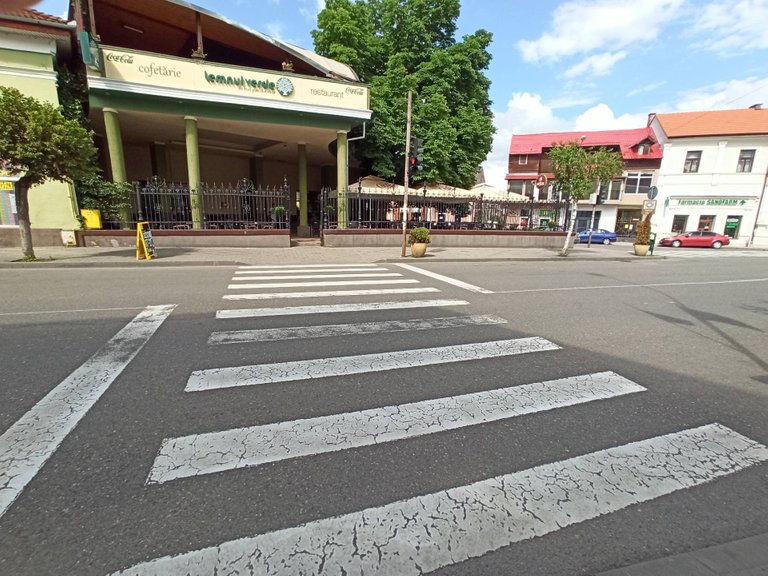
The place has changed a bit, it has been modernized but the cakes and pies made here are the same as those made fifty years ago, as my wife knew them from her childhood.
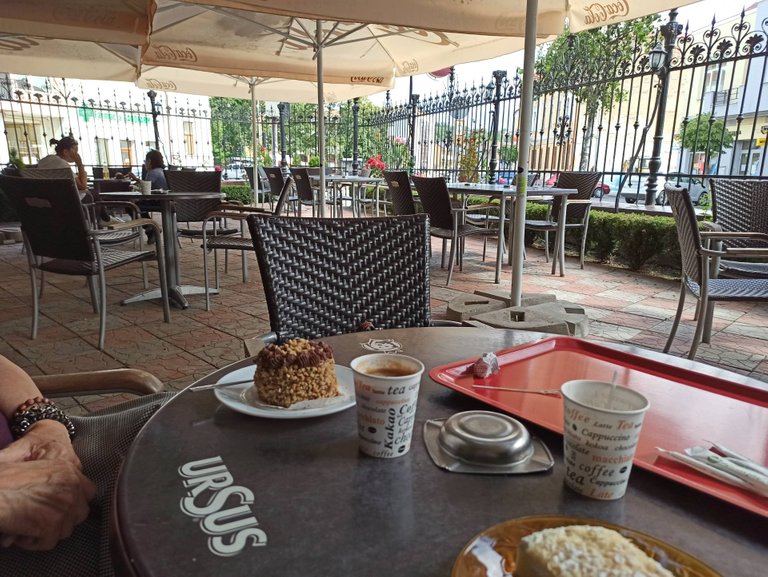
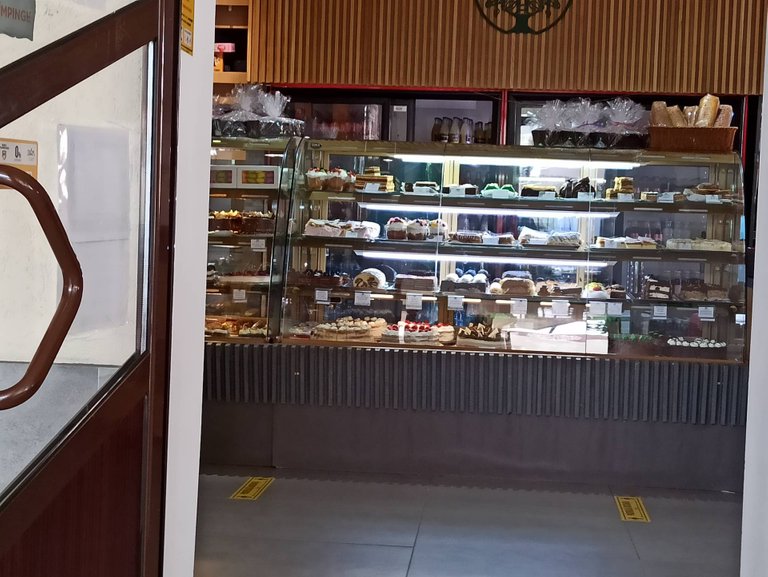
The name Green-Wood is given by an old chestnut tree that has always grown close to the bakery. It is its emblem.
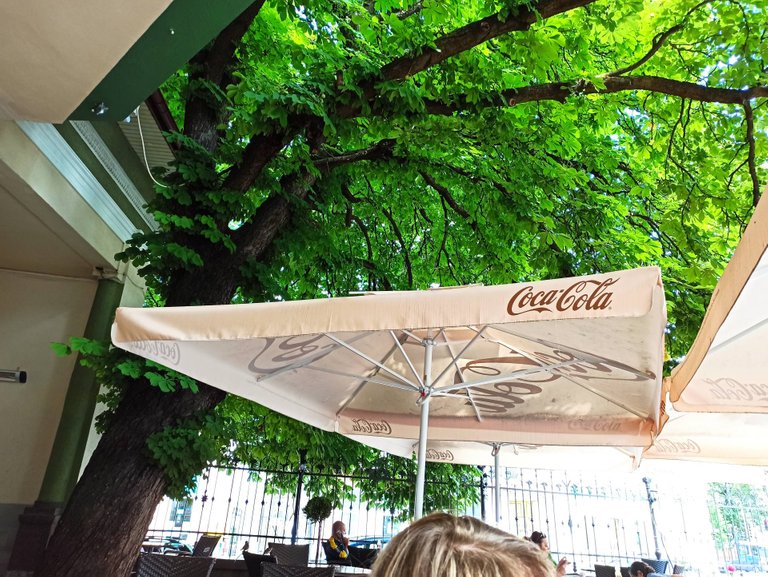
After a good rest, a good cake and an acceptable coffee, all very cheap compared to the prices in Bucharest, the city where we live, we can start again a new walk on the streets.
Now we also need to see two important monuments for the city.
Statue "Lupa Capitolina", the symbol of the Latinity of the Romanian people. This was an attempt, in all the localities of Transylvania, to counter the claims of Hungarian historians that these territories have always belonged to Hungary.
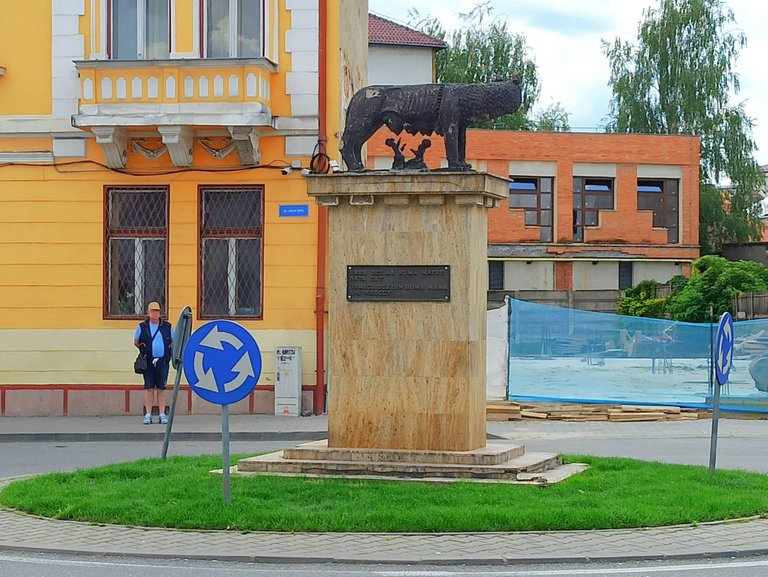
The house in which lived an important Romanian politician, several times prime minister between the two world wars, and one of the most important politicians who determined the union of Transylvania with the Romanian states in 1918 and the formation of Romania. His name is Alexandru Vaida-Voievod and apparently, my wife is a distant descendant of his family.

The building of a famous high school in the region, "Andrei Mureșanu" National High School in Dej.

As I said, the Reformed Cathedral dominates the city and now, as I leave town, I want to show this as a farewell image to the city.

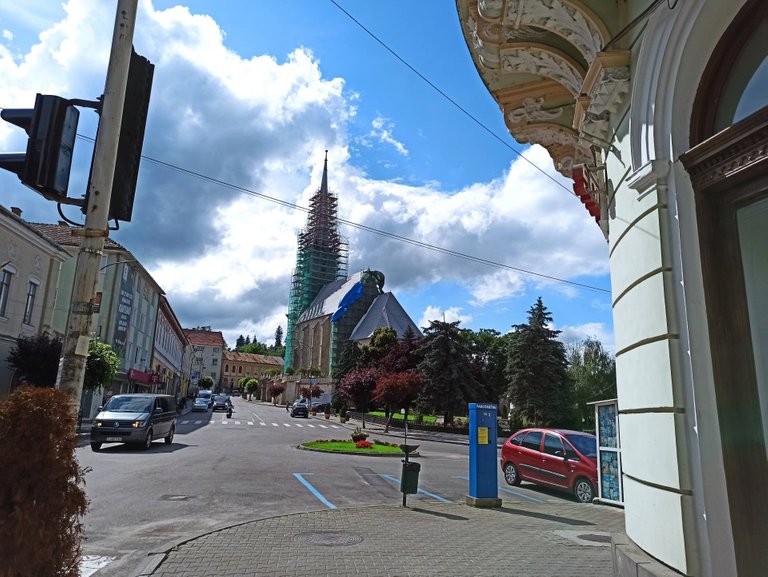
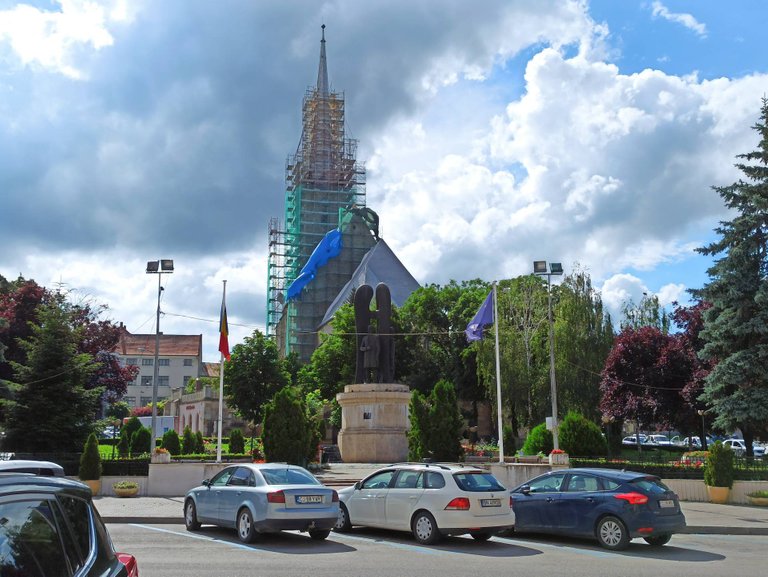
I was in transit through this city and I thought I wouldn't have much to see but I remained an admirer of a quiet little town where time seems to flow more slowly and life is more pleasant, if not easier.

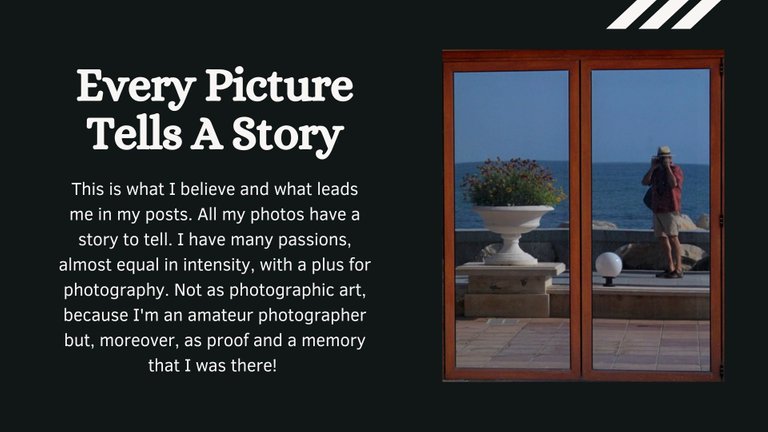

Congratulations, your post has been added to Pinmapple! 🎉🥳🍍
Did you know you have your own profile map?
And every post has their own map too!
Want to have your post on the map too?
Beautiful! I had never connected Transylvania with anything else apart from Carpathian Mountains (which I would love to visit)! Nice to see the urban part, too :)
I hope we will see some photos of small Garboul-Dejului in the future!!!
Thank you! I should write about the village very soon. It is totally different from the villages in Greece.
Looking forward!!!
All very beautiful!!
Thank you! Is there any information about Appics?
No, I have long stopped trying to understand what happened, a great disappointment.
What a wonderful tour you have given us looks like an amazing place to visit and explore
Thank you! I just wanted to show how it is in Romania, how a not-so-big city looks like. Surely few here know that and maybe they want to see it.
Hiya, @LivingUKTaiwan here, just swinging by to let you know that this post made it into our Honorable Mentions in Daily Travel Digest #1441.
Your post has been manually curated by the @pinmapple team. If you like what we're doing, please drop by to check out all the rest of today's great posts and consider supporting other authors like yourself and us so we can keep the project going!
Become part of our travel community:
Thank you very much! I've missed these messages so much, of course, I'm to blame that they haven't come in a while.
Yay! 🤗
Your content has been boosted with Ecency Points, by @bluemoon.
Use Ecency daily to boost your growth on platform!
Support Ecency
Vote for new Proposal
Delegate HP and earn more
Thank you!